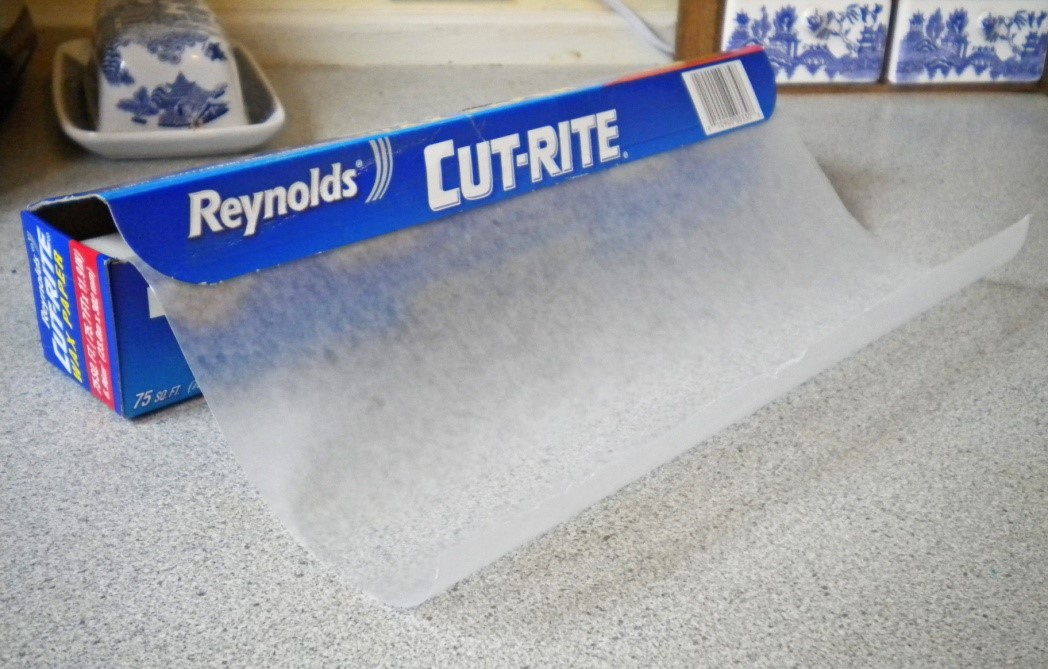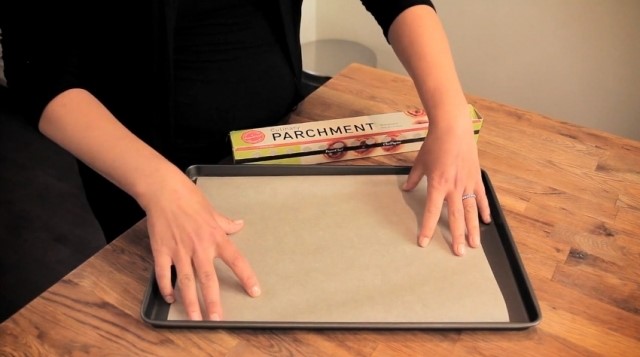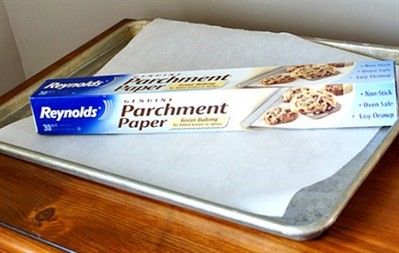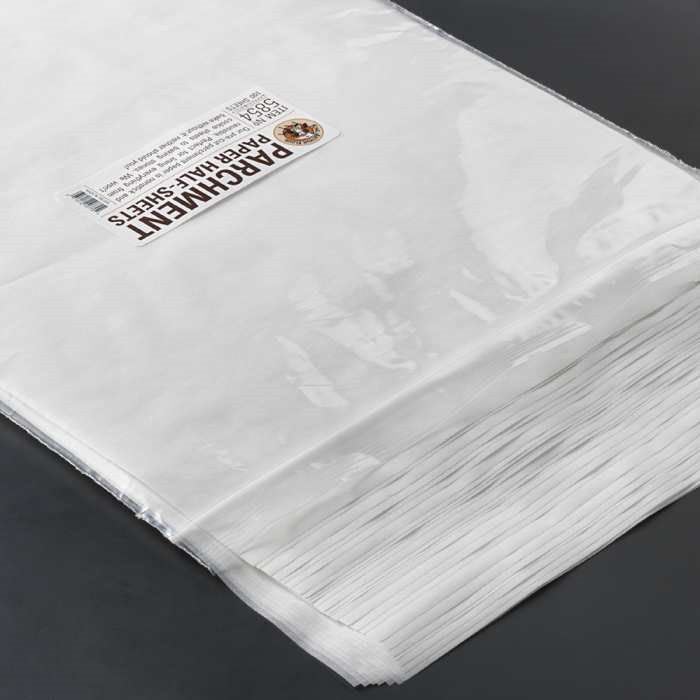Waxed Paper vs. Parchment Paper—What You Need to Know

I was chatting with a newly married friend the other day and this eager and inexperienced cook was asking about the different kinds of papers used for various recipes. She wasn't at all clear on what waxed paper was used for and she wasn't sure when and how to use parchment paper. I could relate. I too, thought waxed paper was confusing, and I remember when parchment paper first showed up in home kitchens. I had no idea what to do with it.
If you can also relate, here's a basic lesson on kitchen papers. First, the main difference between waxed paper and parchment paper is their respective coatings. Parchment paper is coated with silicone to give it a nonstick, heat-resistant surface. Waxed paper, however, is actually coated with a wax such as soybean or paraffin.
It's important to know that waxed paper is not meant for use in the oven. The wax coating on it will melt or even ignite if the paper is exposed to direct heat, so you want to use it for wrapping up sandwiches or other food for refrigeration.

Parchment paper is the best choice for cooking and baking. Most brands can withstand temperatures up to about 420 degrees Fahrenheit (double-check your package to be safe, though). Parchment paper is perfect for lining cookie sheets; doing so eliminates the need to grease them, which keeps them looking nicer longer and makes the after-baking clean-up quick and easy. And it's also used to cook "en papillote," a technique of wrapping food-especially fish-in a packet and baking (Thai and Chinese recipes often call for this).

The other way these two papers differ is in how they're processed before being coated. Pat Schweitzer, a spokesperson for Reynolds Consumer Products (a major parchment paper producer), says that most parchment paper is pressed into a sheet, then dipped into an acid bath, washed, and "passed over a series of hot rotating drums that realign the fibers and give the paper its strength," before the silicone coating is applied. Reynolds' waxed paper, on the other hand, undergoes a process called super-calendering, which compresses the paper to give it its transparency, before it is coated in wax.
So back to the day when I first heard about parchment paper: I Googled how to use it and spent lots of time experimenting with it. My cooking guru at the time, Martha Stewart, was my parchment paper mentor. She said she LOVED the stuff and used it for everything. Besides lining bakeware, she would cover a counter surface with it when rolling out pie pastry, bread dough, dipping chocolates, etc. It meets so many uses because it's moisture- and grease-resistant.

Unlike waxed paper, which only comes on a roll, parchment paper is also sold as flat sheets. I prefer the flat sheets as opposed to the rolled kind because it's easier to work with. And you can find these flat sheets in two sizes-sized for full and half baking sheets. Costco sells a roll of 205 square feet for about $11. But I get my packs of flat sheets at our local restaurant supply store (100 sheets for around $9).
Finally, unlike waxed paper, which is meant for single use, parchment paper is usually reusable. If I make cookies, for instance, I simply remove the cooled parchment, fold it up, and save it for the next round of baking. I'm with Martha Stewart-I LOVE parchment paper and wouldn't want to be without it. Waxed paper, though…it's neither here nor there for me.
- www.imgkid.com
- www.paperchef.com
- www.reynoldskitchens.com
- www.kingarthurflour.com
 Alice Osborne
Alice Osborne
Weekly Newsletter Contributor since 2006
Email the author! alice@dvo.com
